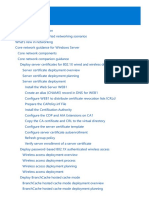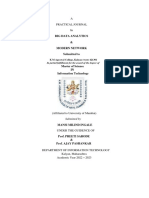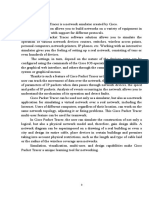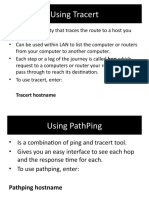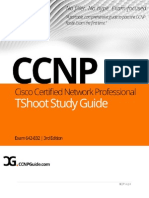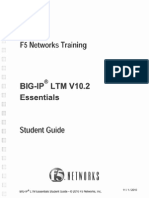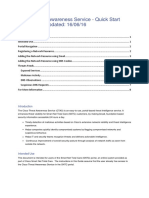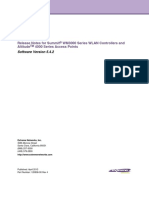0% found this document useful (0 votes)
58 views6 pagesInfrastructure Considerations
The document discusses some infrastructure considerations for macOS and iOS devices, including the caching service, DNS, and Wi-Fi. The caching service speeds up software downloads and can be configured to serve clients across multiple IP addresses. DNS performance should be tested using namebench to identify any issues. Buffer bloat from excessive router buffering can also impact performance and is tested via speedtest.net. Wi-Fi performance is improved by using 5GHz bands, wider channel widths, fewer SSIDs, and setting the AP DTIM value to 3.
Uploaded by
oneota123Copyright
© © All Rights Reserved
We take content rights seriously. If you suspect this is your content, claim it here.
Available Formats
Download as PDF, TXT or read online on Scribd
0% found this document useful (0 votes)
58 views6 pagesInfrastructure Considerations
The document discusses some infrastructure considerations for macOS and iOS devices, including the caching service, DNS, and Wi-Fi. The caching service speeds up software downloads and can be configured to serve clients across multiple IP addresses. DNS performance should be tested using namebench to identify any issues. Buffer bloat from excessive router buffering can also impact performance and is tested via speedtest.net. Wi-Fi performance is improved by using 5GHz bands, wider channel widths, fewer SSIDs, and setting the AP DTIM value to 3.
Uploaded by
oneota123Copyright
© © All Rights Reserved
We take content rights seriously. If you suspect this is your content, claim it here.
Available Formats
Download as PDF, TXT or read online on Scribd
/ 6


























